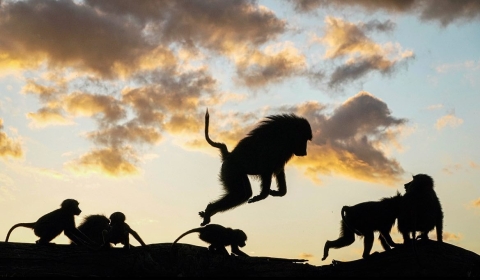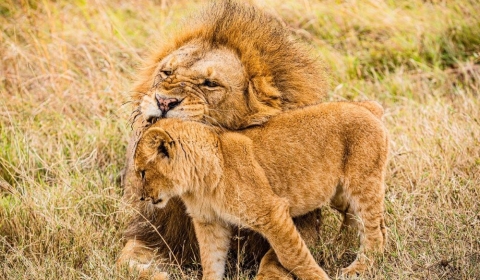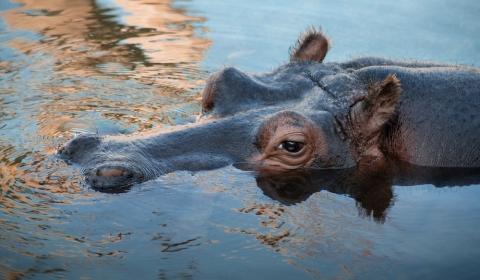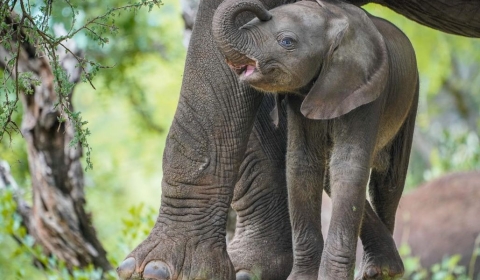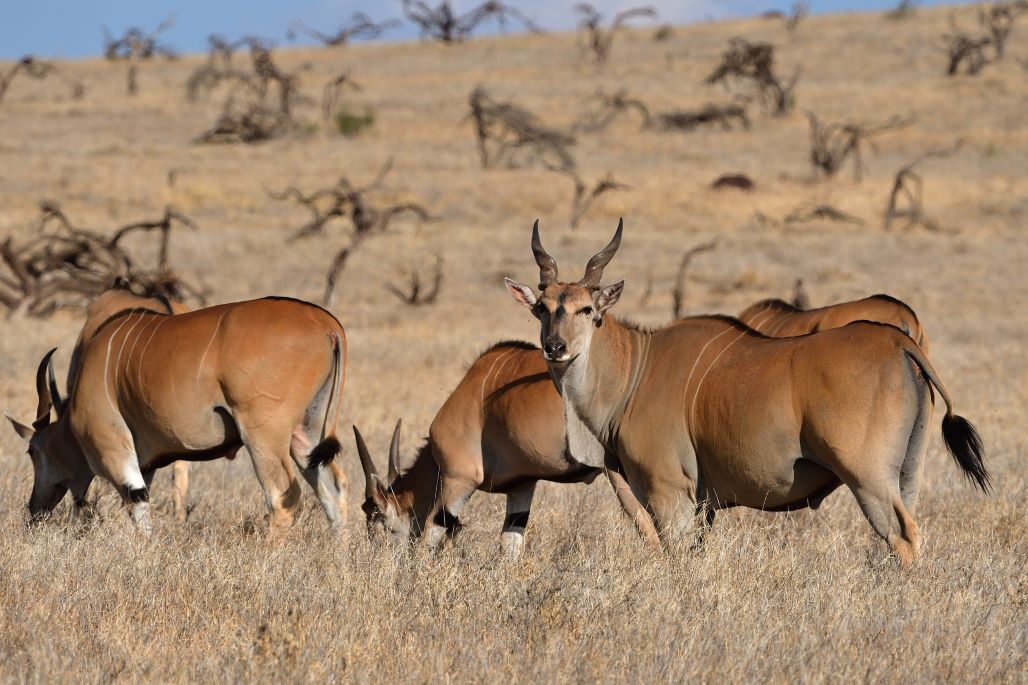
Overview
Location: Central Tanzania, near the town of Iringa. Size: Approximately 20,226 square kilometers (7,809 square miles). Established: 1964.
Geography and Landscape
Ruaha National Park features diverse and dramatic landscapes, including:
Great Ruaha River: The lifeline of the park, providing water for wildlife and lush vegetation along its banks.
Miombo Woodlands: Dominates the park, with a mix of baobab trees, acacia, and other flora.
Rocky Outcrops and Hills: Add to the scenic beauty and provide habitats for various species.
Open Plains: Grasslands and savannahs are perfect for game viewing.
Wildlife
Ruaha National Park is renowned for its rich biodiversity and large populations of wildlife:
Elephants: One of the largest elephant populations in East Africa.
Predators: Includes lions, leopards, cheetahs, spotted hyenas, and African wild dogs.
Large Herbivores: Giraffes, zebras, buffaloes, hippos, and various antelope species such as greater kudu, sable, and roan antelope.
Birdlife: Over 570 species of birds, including endemic species and migratory birds. Notable species include fish eagles, kingfishers, hornbills, and various raptors.
Conservation Efforts
Ruaha National Park is a critical area for wildlife conservation:
Anti-Poaching Initiatives: Strong anti-poaching measures to protect elephants, rhinos, and other endangered species.
Research Projects: Focus on the ecology and behavior of key species, as well as conservation strategies.
Community Engagement: Programs to involve local communities in conservation efforts, providing education and sustainable livelihoods.
Tourism
Activities: Ruaha offers a variety of activities for visitors:
Game Drives: Day and night drives offer exceptional wildlife viewing opportunities.
Walking Safaris: Guided walks provide an intimate experience with the park’s flora and fauna.
Bird Watching: The park is a bird watcher’s paradise with its diverse avian population.
Fishing: Fishing in the Great Ruaha River can be arranged for visitors.
Cultural Tours: Visits to nearby communities to learn about local cultures and traditions.
Accommodation: Ranges from luxury lodges and tented camps to basic campsites, catering to different preferences and budgets.
Best Time to Visit: The dry season (June to October) is ideal for wildlife viewing as animals congregate around water sources. The wet season (November to May) offers lush landscapes and excellent bird watching.
Unique Features
Great Ruaha River: The river attracts a multitude of wildlife and offers breathtaking scenery, especially during the dry season.
Large Predator Populations: Ruaha is known for its large prides of lions and significant populations of leopards and cheetahs.
Remote and Untouched: The park’s remote location means it is less crowded than other parks, offering a more exclusive safari experience.
Visitor Information
Access: The park can be accessed by road from Iringa (a 2–3-hour drive) or by air via the park's airstrips for charter flights.
Entry Fees: Visitors must pay entry fees, which support the park’s maintenance and conservation efforts.
Regulations: Visitors should adhere to park regulations to protect the wildlife and environment, such as staying on designated roads and respecting wildlife.
Highlights
Elephant Population: One of the largest in East Africa, offering frequent sightings.
Predator Abundance: Large prides of lions and significant populations of leopards, cheetahs, and African wild dogs.
Scenic Diversity: From the Great Ruaha River to open plains and rocky outcrops, the park offers varied and stunning landscapes.
Bird Watching: With over 570 species, it’s a prime destination for bird enthusiasts.
Cultural Interaction: Opportunities to visit local communities and learn about their traditions and ways of life.
